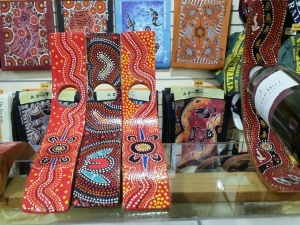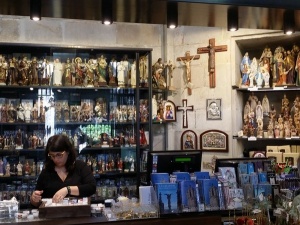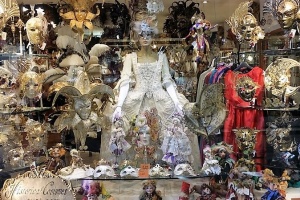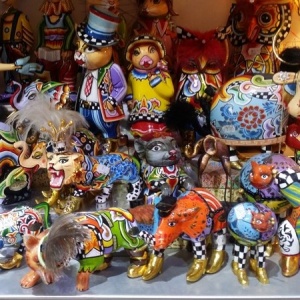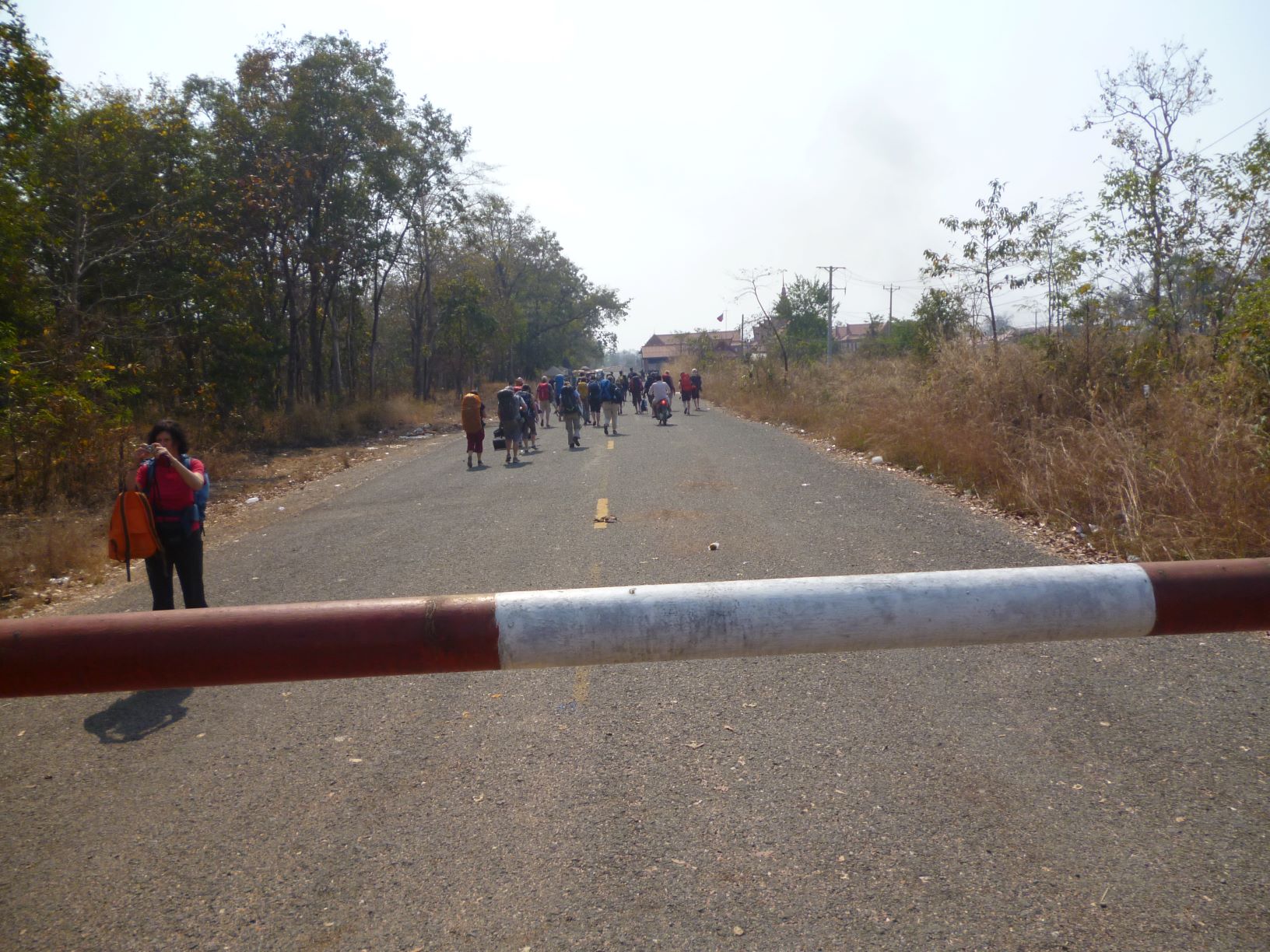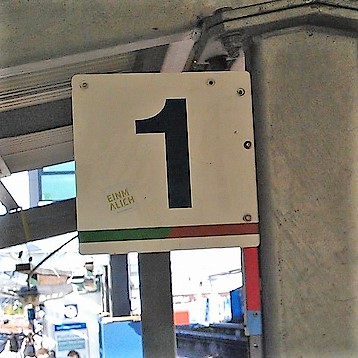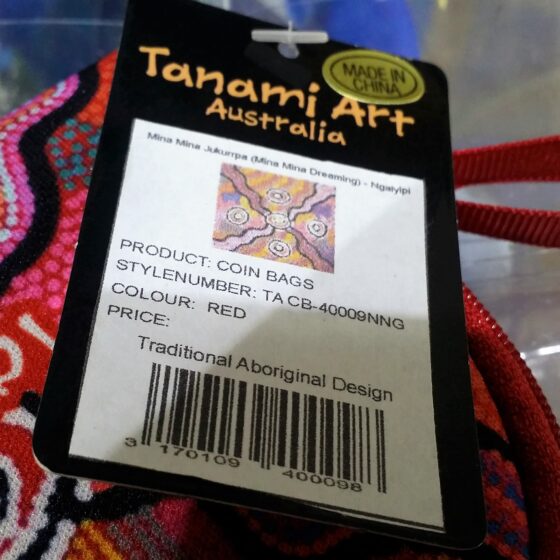
Tourist Trap Trinkets
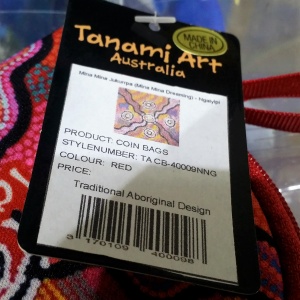 Travel broadens our world view and shapes how we fit in it. We need to stand next to a national icon, natural or man-made, it doesn’t matter. It’s a point of personal validation, a “look where I am” life moment. It needs to be recorded for posterity, to brag to family and friends, and strengthen your brand as “influencer” among your Instragram followers.
Travel broadens our world view and shapes how we fit in it. We need to stand next to a national icon, natural or man-made, it doesn’t matter. It’s a point of personal validation, a “look where I am” life moment. It needs to be recorded for posterity, to brag to family and friends, and strengthen your brand as “influencer” among your Instragram followers.
When a selfie won’t suffice there’s nothing like purchasing a trinket to fill your heart with joy. A permanent reminder, a memory jogger. A glorious polymer and acrylic replica of a tourist icon.
Just one more? Your heart says yes, your wallet says no. Common sense has gone on holiday which is why you’re in this dilemma.
Answer this, where are you right now? Which country? OK. Turn over that object you’re holding. Where is it made? Chances are Made in China will turn up trumps. Put it back, stand away from the counter, now walk away.
Why are souvenirs so compelling? It is inconceivable to believe that during holiday planning you allocated money specifically to buy kitsch trinkets. Tea-spoons, statues, snow globes, fridge magnets, key rings, coffee mugs, tea towels, table mats, toilet paper dispensers, and bar runners. No, I don’t buy it. An authentic Thai cooking class. Definitely. A day at a theme park, yes. Snorkeling, kayaking, a tandem parachute jump, shooting white water rapids, bungee jumping is money well spent, along with travel insurance.
How come your suitcase is full of…well you tell me. Just exactly what is that stuff? Compulsive purchases that’s what. It’s no fluke exits are via the gift shop.
Not all is well within the tourist trinket market. Genuine concern has been raised over the appropriation of items of cultural significance for mass exploitation. A case in point boomerangs, clap sticks, didgeridoos, articles which belong to Indigenous Australians. Indigenous Australians don’t want to prohibit you acquiring a keepsake of their ancient culture. What they do have trouble with is items on offer are anything but the genuine article.
The items on sale are not authentic and demean the people and degrade the culture from which they’ve been replicated. Crass facsimiles, anathema to traditional owners. Not convinced? The sentence below is from a 2018 website. See if this is not the most offense justification for selling bogus indigenous art online.
Each great contemporary Indigenous artist is like a sphinx in the desert, standing guard over a sort of inner sanctum containing the ark of their covenant with the Dreamtime spirits.
Count how many cultures are maligned in this one sentence. Insensitive hardly comes close. A non-indigenous marketing communication specialist is congratulating him/herself for coining this. Is your ire raised?
Imagine the outrage if Catholics discover sacred Lourdes water from the spring at the grotto is plastic bottles filled with tap water from out the back of the Catholic Gift Shop Ltd. You can buy it online anyway for $US8.49 per 6cm tall, blue oval bottle. Not to be consumed, written in small print.
Right now, Thailand is attempting to salvage the Buddha image, native American Indians and tribes of the First People of Canada are reclaiming their sacred tribal outfits and artifacts from gross trivialisation and misrepresentation. Hard to know what’s in and what’s out. It will be up to individuals to check their ethical principles as to whether these initiatives gain traction.
Intellectual property is difficult to establish. Caucasians struggle to establish a prima facie case in their own legal system. What chance for indigenous people who don’t even live within the system.
I don’t want to be the Grinch of trinkets. Just pause a moment, take a good hard look at what you are handling before shelling out your moolah. You know it will end up in your next garage sale.



